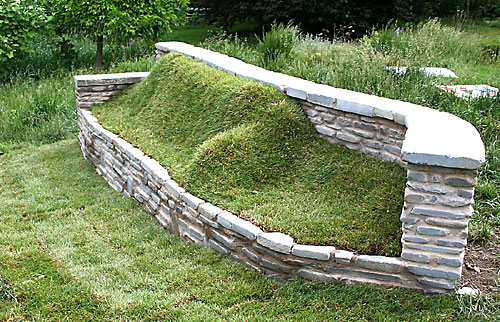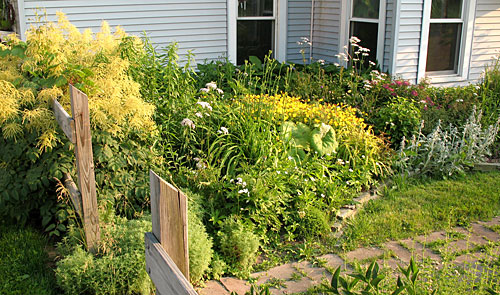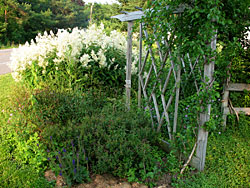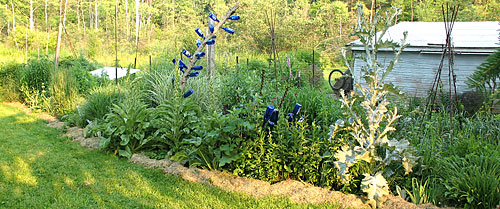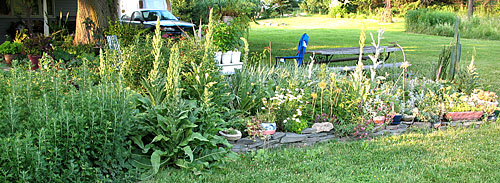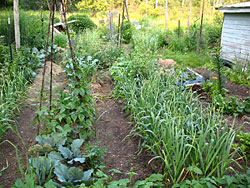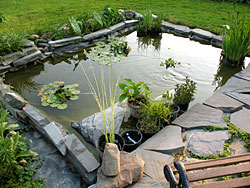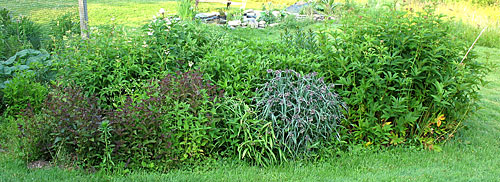 Washington Post reports on remarks made by sociobiologist and two-time Pulitzer prize winner E.O. Wilson as part of National Pollinator Week.
Washington Post reports on remarks made by sociobiologist and two-time Pulitzer prize winner E.O. Wilson as part of National Pollinator Week.
… Wilson was focused on putting self-absorbed Homo sapiens in some ecological context. If humans were to disappear — he doesn’t advocate this, for the record — the effects on the insect world would be minimal. “It’s unlikely a single insect species would go extinct except three forms of body and head lice,” he said. Close relatives of the parasites could still live on gorillas. The primal, complex web of life would continue “minus all the species we have pushed into extinction.” Ouch.
But reverse the tables, remove the insects, and what would happen? Wilson paints a Mad Max scenario, in which not only do the bees, flies, beetles, moths and butterflies disappear, but all the plants that rely on them to set fruit, nuts and seed vanish as well. No worries, you say, because two-thirds of the crops we eat are wind-pollinated. But insects, not earthworms, are the principal tillers of the soil, and without them this secret microbial universe in the soil would decline, too. Dwindling food sources and plunging human populations would bring out the beast in people, who would do what humans always do — kill each other. Wilson speaks of “an ecological dark age” where “the survivors would offer prayers for the return of weeds and bugs.”
That’s upbeat. Read the whole article. It’s short.

